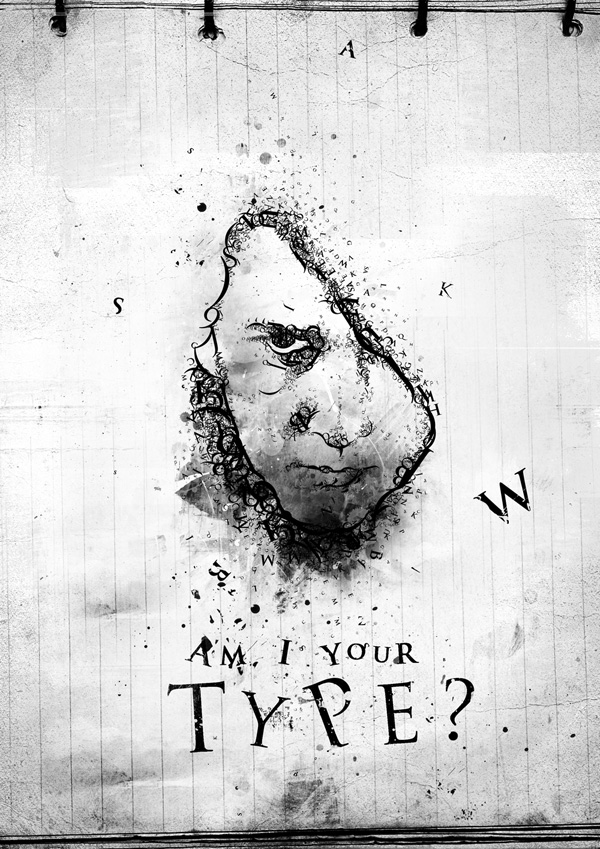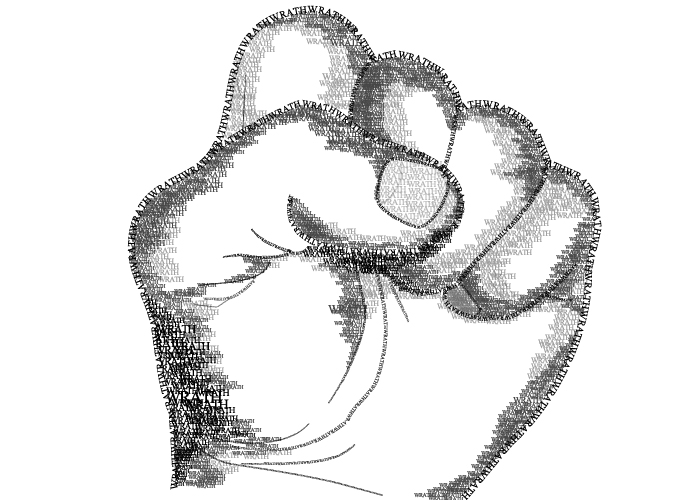7.26.2011
Project #2: Type-Based Reference Photos
I've narrowed it down to these three retro beauties for my type-based illustration:
 |
| Source |
 |
| Source |
 |
| Source |
It's going to be hard to choose just one of them! Come back soon to see which lady I end up choosing...
~Kara
7.24.2011
Project #2: Inspiration Type-Based Illustration
While working on the editorial illustration we are finding inspiration for our next project...a type-based illustration! Here are some inspiring illustrations I came across:
 |
| Source |
 |
| Source |
 |
| Source |
 |
| Source |
 |
| Source |
 |
| Source |
 |
| Source |
 |
| Source |
Now I need to find some reference photos to use for my type-based illustration...
~Kara
Project #1: Editorial Illustration Project Statement
Background
This editorial article is about the epidemic of honey bees dying off around the world and how scientists are trying to intervene by breeding a "super-bee" that can survive under today's harsh farming/pollinating conditions to keep our food sources from becoming extinct.
Target Audience
The target audience for this piece is middle to upper class American adults, ages 25 - 65, people that are concerned about environmental issues and science.
Objectives
After reading this article, the target audience should feel a sense of urgency to be mindful of the state of the health of bees. There is hope that bees will be regarded with more care and concern then prior to reading this article. I also want the audience to start a conversation with their peers regarding the decline of the bee population. In turn hopefully the public will be more aware of the issue, and might push for more eco-farming choices such as banishing the use of pesticides.
Obstacles
A major belief that stands between the audience and the desired objective is the misinformation that bees are harmful creatures out to sting you and your loved ones. Another obstacle is the general view of farming practices tells us that the use of pesticides is okay. It might also be hard for some readers to grasp the impact that bees have on our lives, as most people do not link bees with our crops and farming. Upon reading the article the reader might be fearful of the notion of scientists creating a "African Bee" type of breed which was a big scare several years back. This time scientists are not messing with the genealogy of the insect, rather they are using "survival of the fittest" techniques to weed out the strongest of the bee population.
Key Benefit
One benefit the audience will experience upon reading the objectives will be that they should gain a better understanding of the importance of the bee population in our world and might be more willing to let go of their fears about the insects once they find out bee's vulnerabilities.
Support Statements / Reasons Why
The reason why the key benefit will outweigh the obstacles is because the threat of our food sources being extinguished along with the bee population should motivate people to be concerned and want to come to a resolution to the problem. Once people are aware that our survival as humans depends on the survival of the bees, they should start thinking of how they can ensure the bees don't die off as a priority instead of treating them as "just another insect." The message contained in the editorial is beneficial because if we can raise awareness to this issue, we might be able to prevent the demise of bees. This article will also give the readers more incentive to pay attention to other aspects of farming and ecologically responsible behaviors.
Tone
The feeling my communication will have is one that is somewhat relaxed and light, but with a hint of seriousness. I want people to be drawn into the story and not feel like they are being lectured to or scolded. I want them to feel as though this issue is something they can take into consideration in their daily lives, hence a casual tone will probably be best to win the reader over. Being too serious is risky because the reader might feel as though this issue is way above their realm and they could have no impact on the situation.
Media
This illustration will appear online to accompany the editorial article. It might also appear in print as part of informational brochures on the topic of honey bee survival.
7.19.2011
Editorial Illustration Sketches
The article I chose for my editorial illustration was:
Can 'super-bees' solve the world's food crisis?
Below are my process sketches:
Can 'super-bees' solve the world's food crisis?
Below are my process sketches:
Now I have to choose just one of these awesome sketches to make into my final illustration...choices...choices...
~Kara
7.17.2011
Project #1: Editorial Research
My first assignment this quarter is to create an editorial illustration for an existing article using Adobe Illustrator. The first step is to find three possible editorials to work with. I scoured the internet and came up with these three gems:
Along with the articles, I was asked to find some existing editorial illustrations for inspiration. Here are a few of the ones that I liked:
Our view: Chains should disclose calorie counts
Can 'super-bees' solve the world's food crisis?
Along with the articles, I was asked to find some existing editorial illustrations for inspiration. Here are a few of the ones that I liked:
After choosing an article out of the three choices I will create thumbnail sketches to come up with ideas for my final illustration. Stay tuned to see which article I will choose to illustrate for my project!
~Kara
Thanks for stopping by!
Hi! I'm Kara and welcome to my blog!! This blog was started for my Summer Quarter class, Computer Drawing, at the Art Institute of Seattle. I will be exploring illustration using the computer over the next several months. This blog will be a place where I research, compile ideas for projects, and share my creations. Hope you enjoy!
Feel free to stop by my personal blog over at karabou-creations.blogspot.com!
~Kara
Feel free to stop by my personal blog over at karabou-creations.blogspot.com!
~Kara
Subscribe to:
Comments (Atom)







